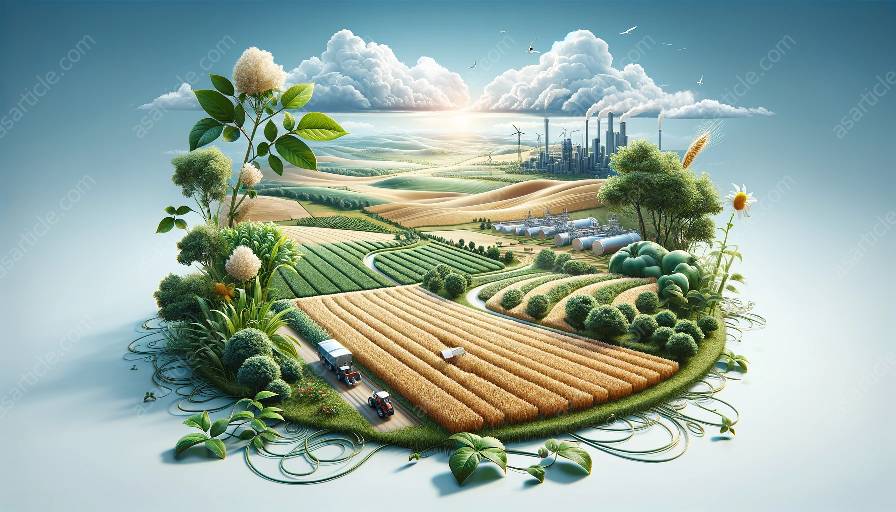When it comes to the field of fertilizer technology and its impact on agricultural sciences, understanding the regulations and quality control practices becomes crucial for ensuring the safe and effective use of fertilizers. In this article, we will explore the intricacies of fertilizer quality control and the regulations governing this vital aspect of modern agriculture.
Overview of Fertilizer Quality Control
Fertilizer quality control involves a range of measures and processes designed to ensure that fertilizers meet specified standards and are safe for use in agricultural practices. Quality control begins at the manufacturing stage and continues through storage, transportation, and application of fertilizers. The main objectives of quality control include ensuring the absence of harmful contaminants, accurate nutrient content, proper physical characteristics, and adherence to labeling requirements.
Regulations in Fertilizer Quality Control
The regulation of fertilizers is governed by national and international regulatory bodies and agencies. These regulations establish the guidelines for the production, labeling, distribution, and use of fertilizers, with the aim of safeguarding human health, environmental sustainability, and agricultural productivity. The regulations cover aspects such as product composition, nutrient content, labeling standards, and permissible levels of contaminants.
Impact on Agricultural Sciences
The adherence to quality control standards and regulations directly impacts the field of agricultural sciences by ensuring the effectiveness and safety of fertilizers. By maintaining high-quality standards, the regulations contribute to sustainable agricultural practices, soil fertility, and crop productivity. Moreover, compliance with regulations enhances the credibility and trust in the use of fertilizers within the agricultural community, leading to improved outcomes in crop yield and environmental preservation.
Technological Advancements
With the advancement of technology, the process of fertilizer quality control has seen significant improvements. Modern analytical techniques, such as spectrometry, chromatography, and molecular diagnostics, enable precise determination of nutrient content and the detection of contaminants in fertilizers. Furthermore, digital tools and platforms have streamlined the monitoring and reporting of fertilizer quality throughout the supply chain, facilitating compliance with regulations and enhancing transparency.
Challenges and Opportunities
While regulations and quality control measures are essential for the safe and sustainable use of fertilizers, they also pose challenges to the fertilizer industry. Compliance with diverse regulatory frameworks, variations in regional requirements, and the need for continuous adaptation to evolving standards can be demanding for fertilizer manufacturers and distributors. However, these challenges also present opportunities for innovation, collaboration, and knowledge sharing within the fertilizer technology sector to ensure that regulations are met efficiently while driving forward developments in fertilizer quality control.
Conclusion
In conclusion, fertilizer quality control and regulations are integral components of fertilizer technology and agricultural sciences. By adhering to stringent quality control measures and regulatory standards, the fertilizer industry can promote sustainable agriculture, protect the environment, and contribute to global food security. Embracing technological advancements and addressing the challenges posed by regulations paves the way for a more resilient and responsible fertilizer industry, ultimately benefiting agricultural practices and crop production worldwide.

